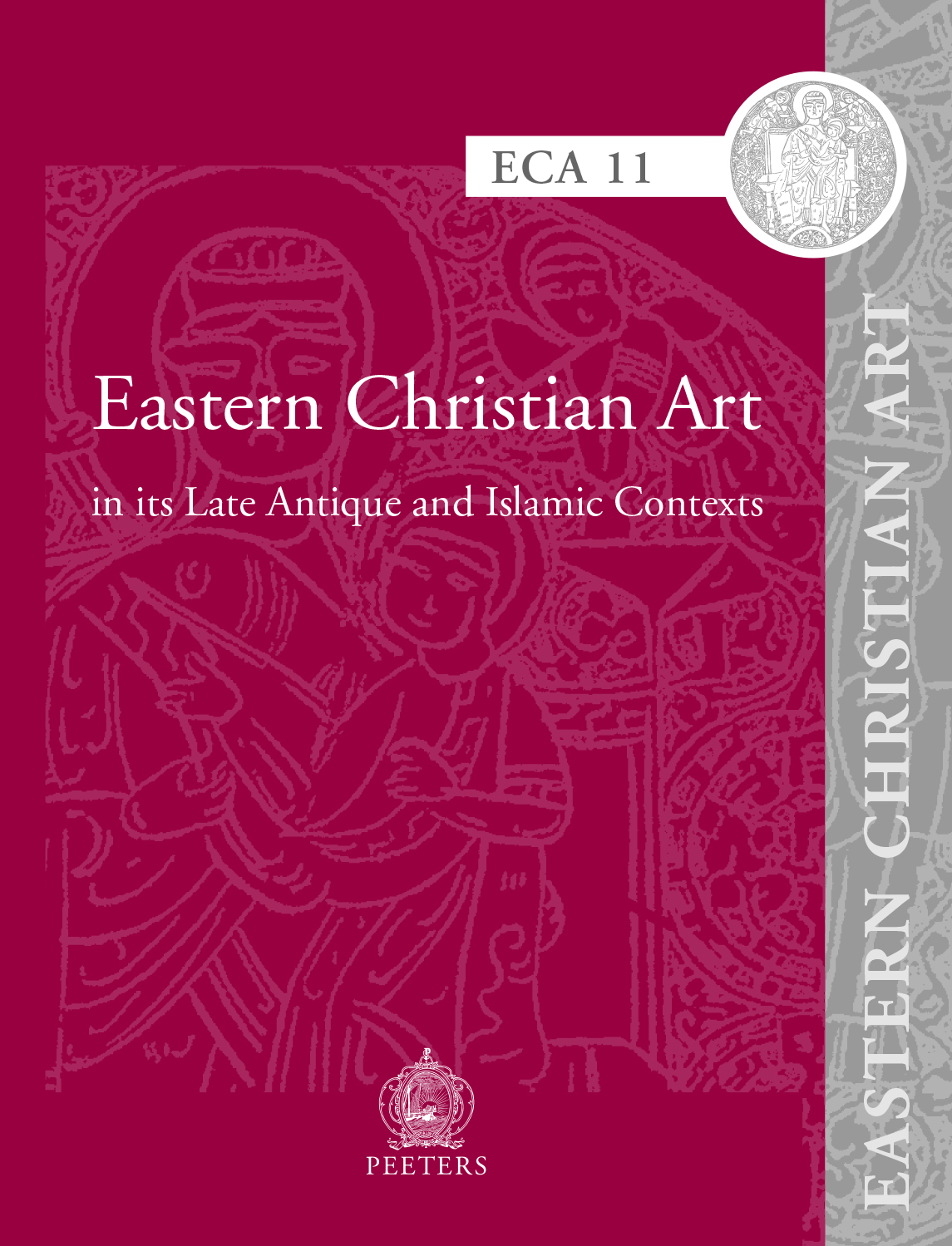 previous article in this issue previous article in this issue | next article in this issue  |

Preview first page |
Document Details : Title: Asia Minor Ampullae Subtitle: Late Antique Pilgrim Flasks in the Rijksmuseum van Oudheden, Leiden Author(s): ANDERSON, William Journal: Eastern Christian Art Volume: 2 Date: 2005 Pages: 9-17 DOI: 10.2143/ECA.2.0.2004545 Abstract : To describe an object as a ‘pilgrim flask’ implies a vessel that held sacred contents and that came from a place of spiritual importance1. The religious connotations of this term are clear, however, determining the meaning of pilgrim flasks in relation to specific historical circumstances requires contextual and typological analysis. Whilst the material culture of saint cults in Medieval Europe has been well investigated, pilgrim souvenirs from the eastern Mediterranean in Late Antiquity are less fully understood in terms of their relation to specific sites, and therefore their historical context. This article considers the decoration, fabric qualities and contextual aspects of a group of small, clay flasks – ampullae – whose production can be assigned to western Turkey in the second half of the sixth century A.D. |
|


